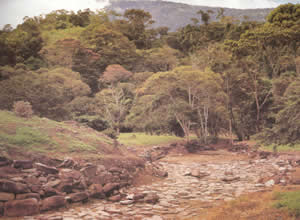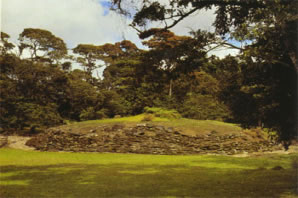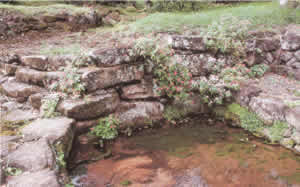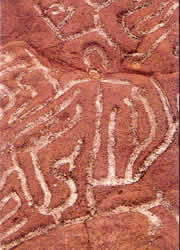| |
|
Guayabo National Monument
|
| |
|
|
Size: 218 hectares.
Distance from San José: 84 kilometers.
Trails: Yes.
Dry season: December through April. |
 |
| |
|
 |
Guayabo is the largest
and most important archeological site discovered to date in Costa
Rica. It forms part of the cultural region known as Central Intermountain
and Atlantic Basin. Some of the features of the buildings point
to South America, while Mesoamerican evidence is also present, a common
occurrence due to the "land bridge" nature of the Central
America geoposition. |
| |
|
The archeological importance
of Guayabo has been known since the end of the last century. At that time several expeditions were carried out to collect artifacts
for museums and private collections, and the complete archeological
collection of Costa Rica was exhibited at the Historic-American Expo
in Madrid (1982). |
 |
| |
|
 |
Open secondary vegetation
grows in the areas near the archeological site as the result of logging
carried out in the region many years ago. Most of the species
are pioneering and include burio, guana and trumpet tree. |
| |
|
Wildlife is poor and scarce
due to the small size of the monument. The most visible animals
are birds, especially the keel-billed toucan and the Montezuma oropendola.
Insects, lizards and frogs are a few frequently seen examples of the
fauna. |
 |
| |
|
| Map of Costa Rica and its National Parks |
| |




